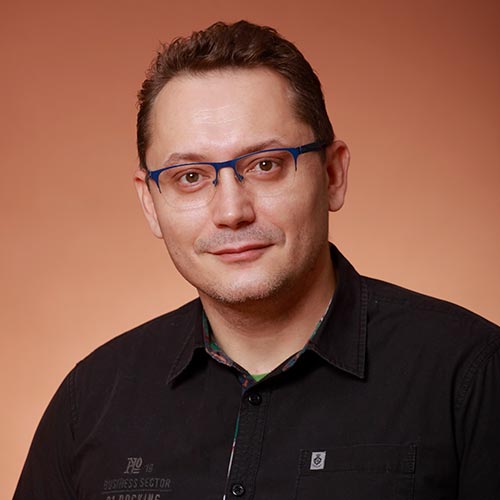Remediation of degraded land (UD)
Obavezna literatura:
1. Martinović, J., 1997: Tloznanstvo u zaštiti okoliša, priručnik za inženjere. DUZO, Zagreb, 288 p.
2. Moffat, A., Mc Neill, J., 1994: Reclaiming disturbed land for forestry. Bulletin 110. HMSO, 103 str., London.
Preporučena literatura:
3. Blume, H. P., 1992: Handbuch des Bodenschutzes. ecomed, Landsberg, 794 p.
4. Blume, H. P. et al. (u stalnoj dopuni): Handbuch der Bodenkunde. ecomed, Landsberg.
5. Lal, R., Blum, W. H., Valentine, C., Stewart, B. A., 1998: Methods for assessment of soil degradation. CRC Press, New York, 349 p.
6. Riser-Roberts, E., 1998: Remediation of petroleum contaminated soils. Lewis Publishers, 542 p.
7. Sredojević, J., 2003: Obrada i deponije otpada. Mašinski fakultet Zenica, 410 p.
8. Lerner, D.N., Walton, N.R.G., 1998: Contaminated land and groundwater: Future directions, Geological Society, London, 248 p.
Nositelji



više
Suradnici


više








